Helmed by Michelle Garza Cervera, Hulu’s ‘The Hand That Rocks the Cradle’ brings to life the story of Caitlin Morales, whose life is measured in success, both personally and professionally. When the birth of her second child ushers in a new wave of challenges, she seeks the help of a nanny to balance things out, and Polly Murphy is the perfect fit for the role. However, as time passes, it becomes apparent that this is a house full of secrets, with Polly and Caitlin hiding a part of their selves from the rest of the family.
Their contrasting perspectives enter an open collision, rupturing the painstakingly established bonds between characters. Ultimately, the battle shifts from one concerning the truth to one concerning control, with neither willing to back down. The psychological thriller movie, which serves as a remake of the original 1992 film of the same name, directed by Curtis Hanson, delves into the factors that inform not just acts of evil, but also our definitions of it. SPOILERS AHEAD.
The Hand That Rocks the Cradle Plot Synopsis
The story begins with vivid images of a house engulfed in flames, with a lone child staring at the destruction from outside. Jumping ahead into the present, we meet Polly Murphy, who is barely making ends meet in life due to a troublesome landlord. Her path intersects with that of Caitlin Morales, an accomplished lawyer who is presently pregnant. The two strike up a pleasant conversation, which becomes relevant in the coming weeks, as Caitlin gives birth to her second child and struggles to balance work with family. Polly, a nanny by profession, offers her help, and the family accepts her offer. Although Caitlin is thorough in making sure that the new nanny is the right fit for her baby, behind the scenes, a nefarious plan unfolds, as Polly is not who she claims to be. Things start to go awry when Polly sneakily adds a mysterious powder to Caitlin’s soup dish, causing the entire family to rush to the hospital, including the baby, Josie.
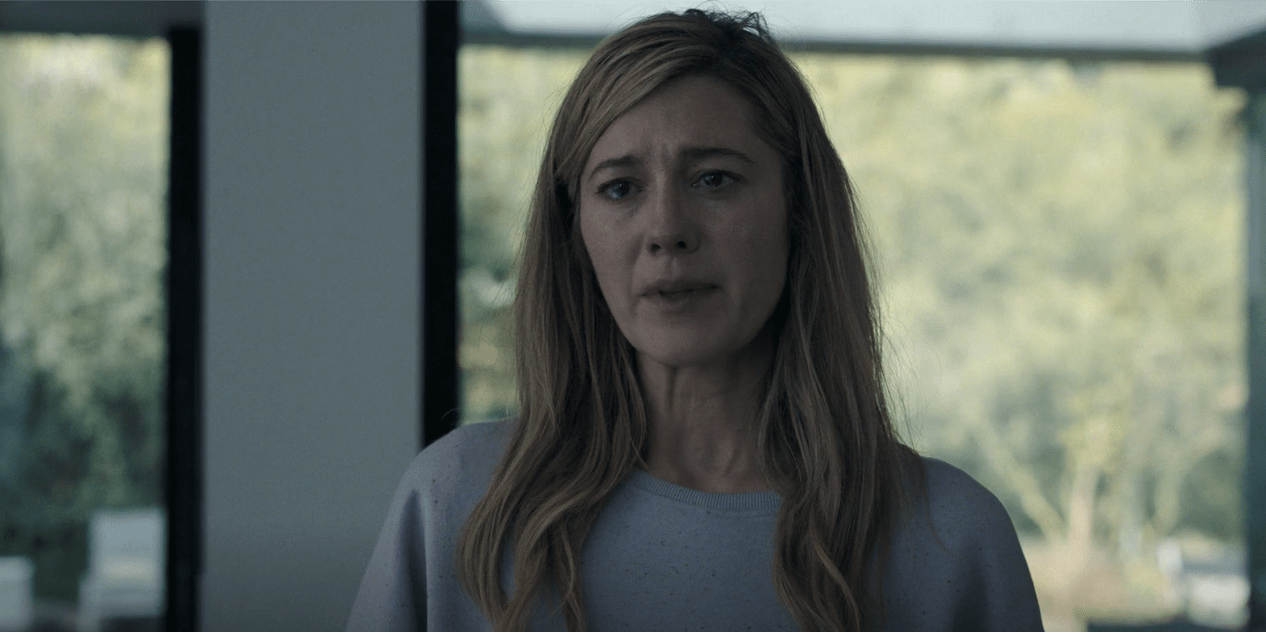
Following the food poisoning incident, Polly quickly rises through the ranks, establishing herself as a pseudo-member of the family in short order. Her plans escalate when Caitlin and her husband, Miguel, suggest that she move into the guest room. From then on, things spiral out of control. Before long, Caitlin notices the discrepancies in the nanny’s personality, and suspicions begin to grow. On one occasion, she finds Polly hooking up with a girl in the guest room, and that coincides with Emma, Caitlin’s elder daughter, coming out as a lesbian. While Miguel is supportive of the idea, Caitlin believes that she may have been influenced by Polly, which creates further rifts in the family. Unable to cope with these rapid changes, she seeks the help of her friend Stewart, who steals Polly’s trash to run a DNA test.
Armed with information about Polly’s real identity, Stewart makes some startling discoveries and decides to come clean to Polly before relaying the truth to Caitlin. This decision, however, turns out to be a mistake, as the nanny instead brutally bludgeons him to death and erases all evidence. This serves as the tipping point for Caitlin, as she tries to aggressively kick Polly out of the house, accidentally hurting Emma in the process. An alarmed Miguel distances the family from his wife, causing her to break down emotionally. However, a significant breakthrough comes when Emma shows her a newspaper cutting that she stole from Polly’s stuff. The news, which Emma believes pertains to the nanny’s childhood, suddenly brings all the pieces of the puzzle into place, prompting Caitlin to head back to the house for a definitive conversation with Polly.
The Hand That Rocks the Cradle Ending: Is Polly AKA Rebecca Dead? How Did She Die?
The climax of Polly and Caitlin’s clash takes a violent turn shortly after the heart-to-heart conversation. Polly, realizing that she is already too deep in the hole she dug herself, decides to go on the offensive and stabs her seeming enemy in the stomach with a broken shard. This act has a symbolic undercurrent, as it signifies that the attack is also directed towards Caitlin’s family, and most notably, her two children. While Caitlin manages to push her back momentarily, this victory is short-lived, as Polly readies for the decisive strike. Grieviously injured, Caitlin grabs hold of Josie and rushes to the car, hoping to dash to safety before Polly can catch up, but the nanny turns out to be one step ahead and climbs right on top of the car. In the end, the mother makes a daring move and hits the reverse gear, resulting in an accident that sends Polly flying. The impact is severe, and Caitlin, along with her family, can merely watch as Polly quickly bleeds to death.
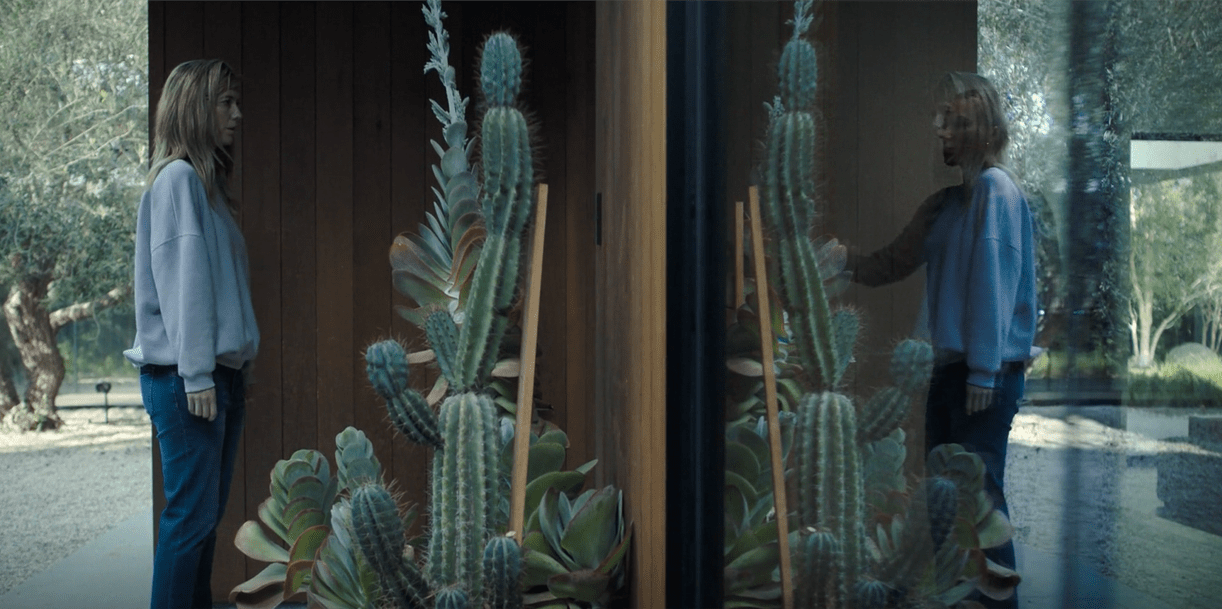
While Polly’s death brings relief to the family, it is not without a sense of tragedy. This is outlined in the scene of her demise itself, as Caitlin reaches out and cradles her body, reinforcing the symbolism of motherhood that has been present throughout the narrative. Despite her heinous actions, Polly is nonetheless the product of her circumstances, and her death fills Caitlin with immense grief, which can be interpreted as her regretting the lost chance of mending their connection. What makes this conclusion all the more ironic is the car that causes the accident, as it falls in line with the recurring motif of vehicles speeding through the lane despite many warnings stating otherwise. While Caitlin’s urgent requests to get a stop sign installed speak to her deeper fears, it is ultimately one such speeding car that comes to her rescue, albeit unintentionally. In a way, this strange turn of events reflects the chaotic nature of the narrative from start to finish, bringing into question the concept of control itself.
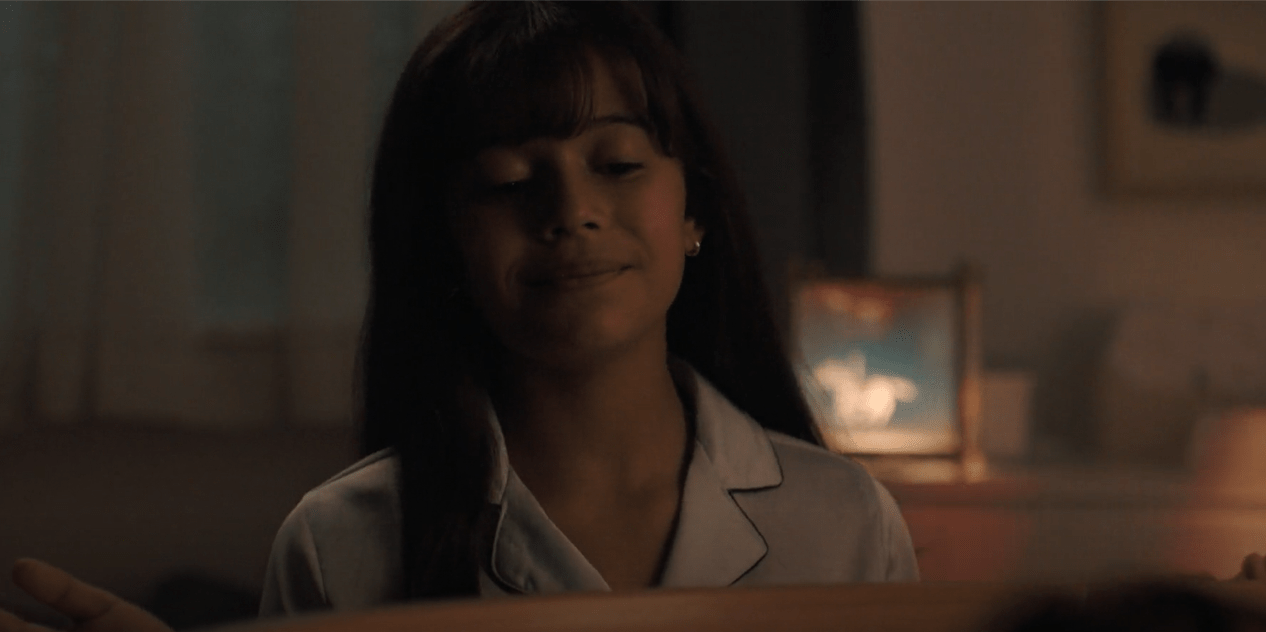
In the days following the accident and Polly’s fateful end, the family restructures, but it is evident that something fundamental has changed. This transformation is most visible in Emma, Caitlin’s eldest daughter, who also grows deeply attached to Polly. The parallels between the two are evident, given the former’s past, and culminate in Emma’s final words on screen. While chatting with baby Josie, she echoes the story that Polly once told about her childhood, particularly recalling the lack of food she had to deal with. Despite the grim nature of the subject matter, Polly’s manner of description renders it playful. Drawing from that characteristic, Emma reimagines Polly’s death as her simply returning to the world where she has to eat tuna straight out of a can. In essence, this flips the tale from being about the nanny’s origins to her ultimate departure, thus bringing it full circle.
Why Did Polly Target Caitlin and Her Family?
Polly’s vicious actions against Caitlin and her family do not come out of thin air, as there is a specific traumatic event in the past that defines her motivations. Stewart is the first to uncover what really happened to the nanny, and it all begins with her true identity. Over the course of the story, we learn that her real name is Rebecca, and as a child, her entire family, including her father, mother, and infant sibling, was all burnt to death. The fire, however, was not accidental, as subsequent reports show that it was lit by none other than Caitlin, who did it as a last resort to defend herself against sexual abuse from Rebecca’s father. Following this, we learn that Cailtin’s identity isn’t real either, with her original name, Jennifer, being changed shortly after the fire tragedy. Polly’s plan to overturn Caitlin’s life, in turn, stems from a desire for revenge that has had decades to mature.
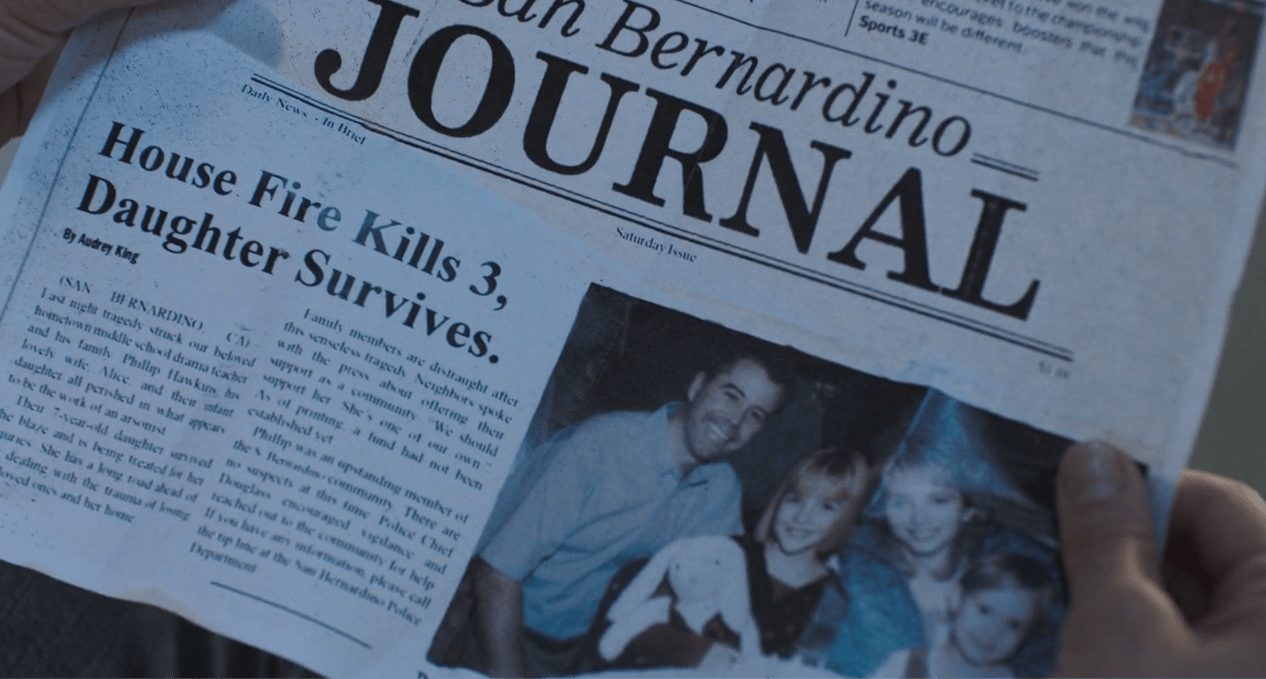
With the backstory in place, many of Polly’s tactics begin to be recontextualized, starting from her decision to become a nanny in the first place. Given that it was her family that was snatched away in the fire, Polly seeks to destroy Caitlin’s household and recreate the feeling of loss. In doing so, she slowly infiltrates every aspect of the family life and begins making the tiniest of changes that compound to make Caitlin appear insane. During their final confrontation, Polly also reveals a second goal: not just to eject Caitlin from her happy life, but also to replace her. Polly’s wish to start a family with Miguel and raise the two children can be seen as her subconscious desire to regain her family, a desire that Emma correctly identifies. However, her general apathy towards Josie and possibly the others suggests that this move is steeped in hatred, rather than a genuine desire for connection.
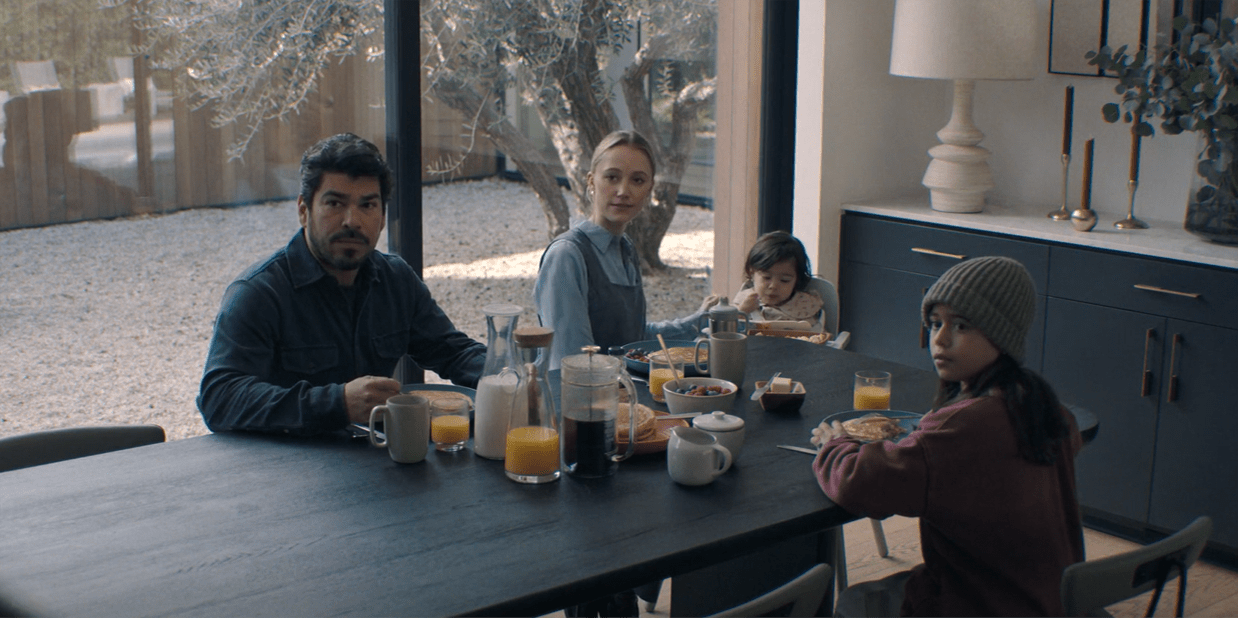
While the entire family suffers as a result of Polly’s malevolence, the core of the narrative is her dynamic with Caitlin. Moments before killing Stewart, Polly claims that the public perception of the fire incident has notoriously omitted her lived experiences from the narrative, instead choosing to focus on the abuse alleged by Cailtin, then Jennifer. This abandonment scars Polly for life, adding a new dimension to her cruelty towards Caitlin. She sees the latter as a successful lawyer with a fancy house and a picture-perfect family. At the same time, Polly has had to suffer through several foster homes and an abusive relationship, which culminated in her drug addiction. It is this contrast in their lives that fuels her hatred, which can also be seen as her way of evening the playing field and spreading out the suffering she has endured over the years.
Was Polly Abused by Her Father?
Although revenge serves as the driving engine behind Polly’s actions, a part of her also considers Caitlin a liar who concocted the story about her sexual abuse. Despite Caitlin’s desperate attempts to convey how she was assaulted as a child, Polly refuses to accept those claims about her father, as her entire mental framework rests on the idea of his innocence. At this point, however, Caitlin reveals what he told her all those years ago about his own daughter, which brings to light an altogether different dimension of the narrative. We learn that Polly may have been abused herself, as her father used to comment on how Caitlin looked just like her. While Polly swiftly rejects that idea, the look in her eyes points to a deep emotional scarring, with Caitlin’s words likely serving as a psychological trigger.
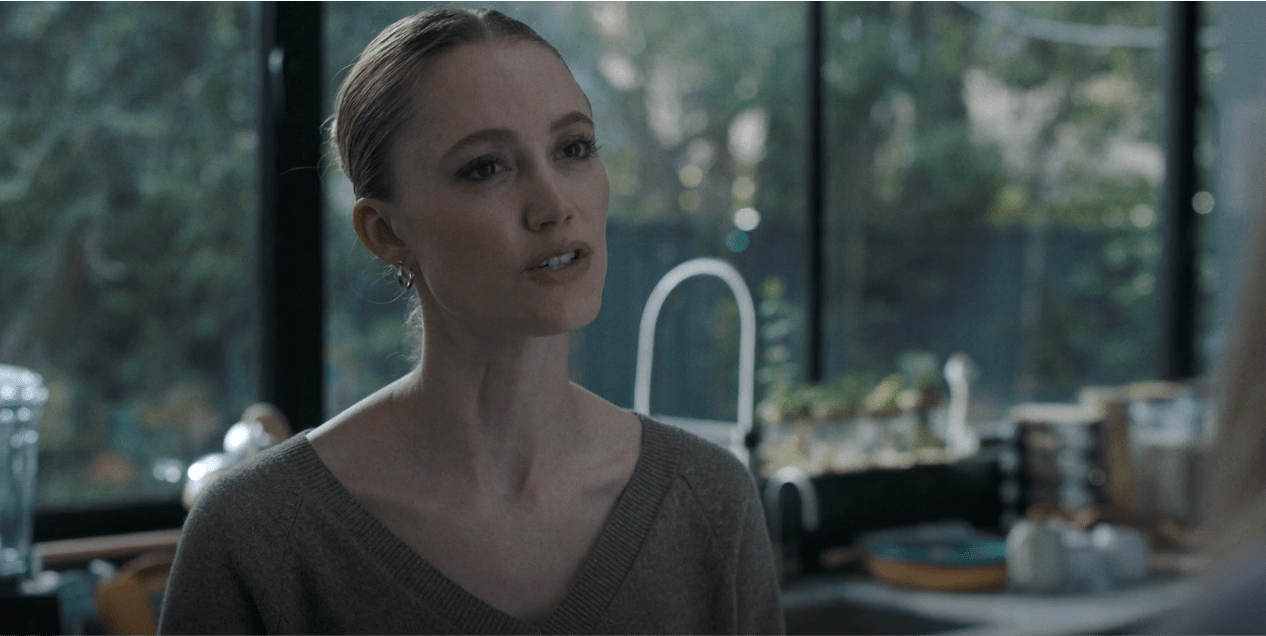
Given that we are never given a glimpse into the father’s life, no assertions can be narratively proven, but it is possible that Polly buried the traumatic memories of her being abused deep in her psyche to avoid a mental confrontation with the truth. With this, she continues with a lifetime of directing her hatred towards Caitlin, not once recognizing her as a fellow survivor. This reveals that Polly’s final moments are reframed, as with her death, Caitlin’s chance of reconciling with one of the only people who truly understand her is also gone forever. Although the fire set by Caitlin undoubtedly took innocent lives, it was ultimately a cry for help, placing it in a morally gray zone. As such, the suffering endured by both Caitlin and Polly at the hands of her father is the true tragedy at the heart of the narrative.
Read More: Where was The Hand That Rocks the Cradle Filmed? All Shooting Locations

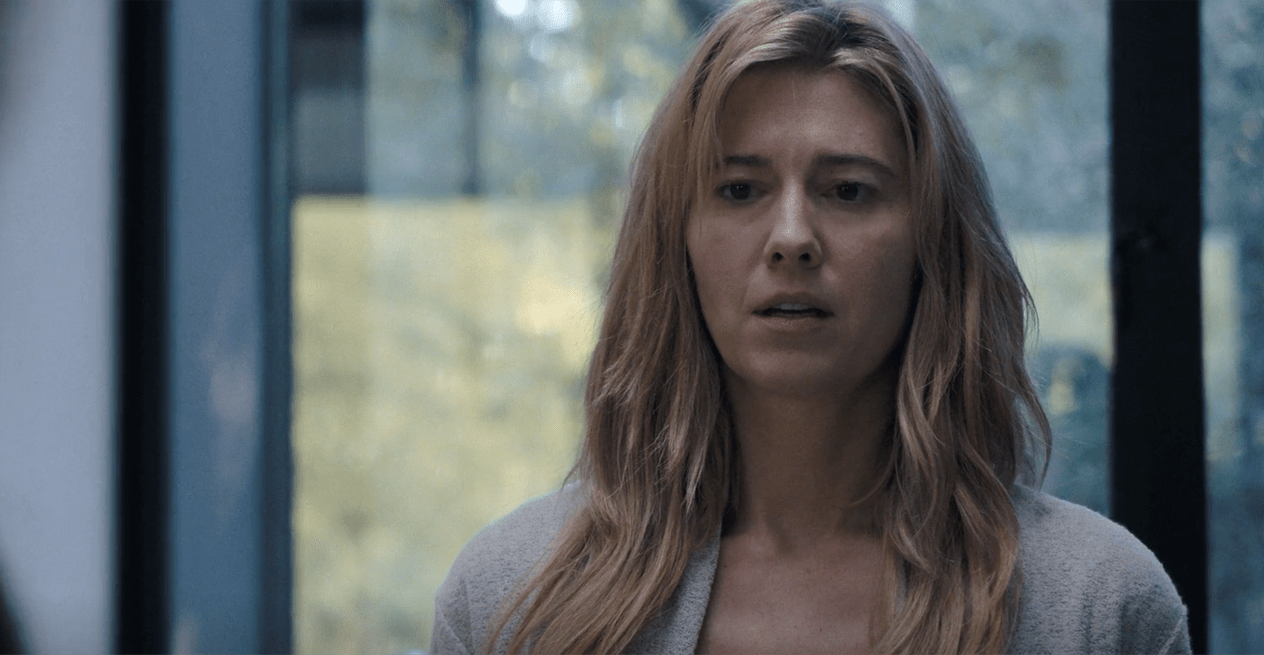
You must be logged in to post a comment.